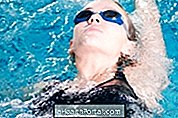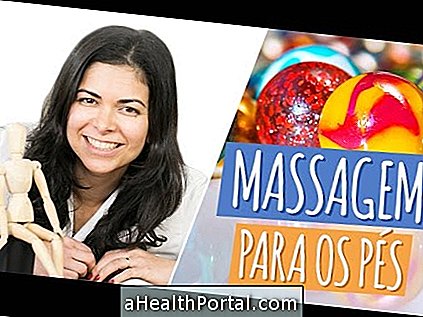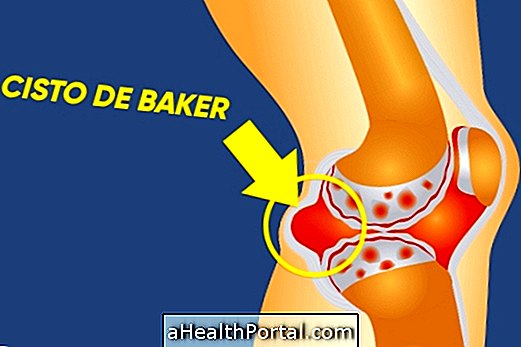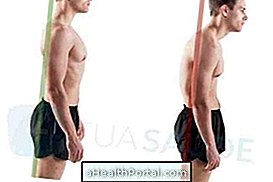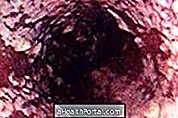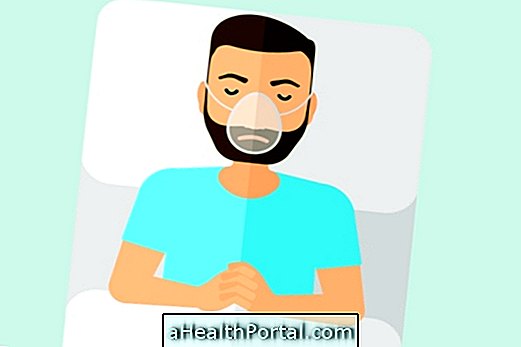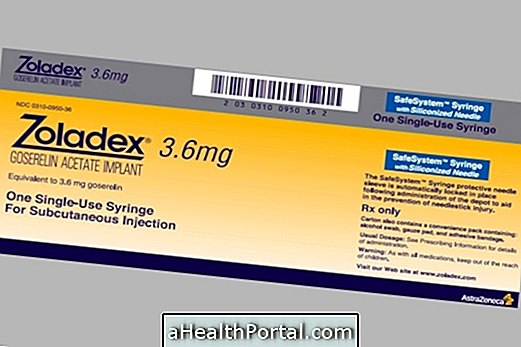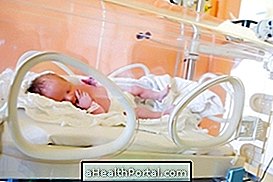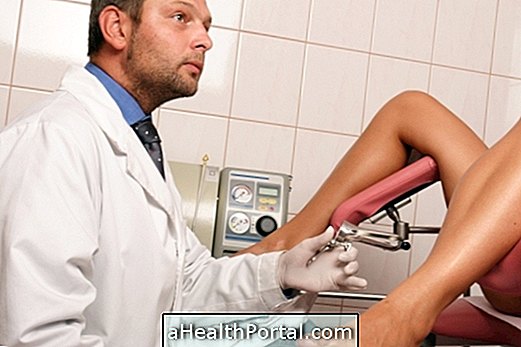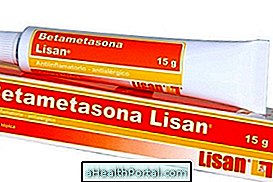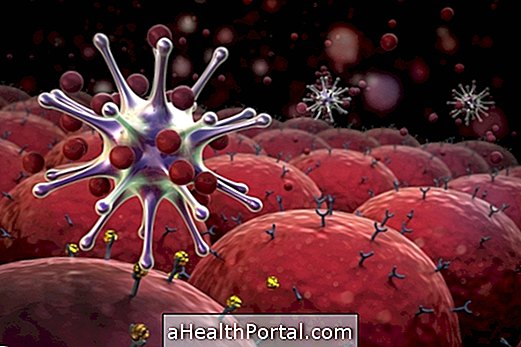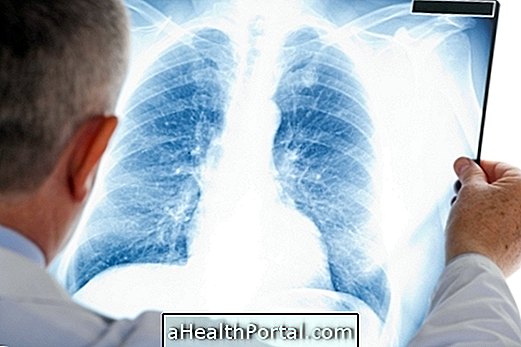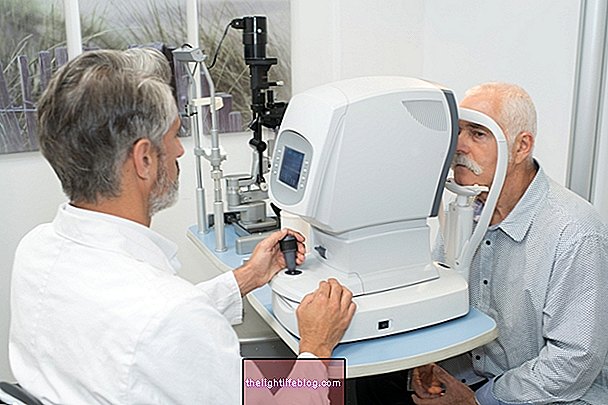Muscle stretching happens when the muscle stretches too much, due to excessive effort to perform a certain activity, which can lead to the rupture of fibers present in the muscles.
As soon as the stretch occurs, the person may experience severe pain at the injury site, and may also notice decreased muscle strength and flexibility. To relieve pain and promote faster muscle recovery, it is recommended to rest the injured muscle and apply ice, in addition to the use of anti-inflammatory drugs or physiotherapy sessions in some cases.

Symptoms of muscle strain
Stretching symptoms appear as soon as there is excessive stretching or rupture of muscle fibers, the main ones being:
- Severe pain at the stretch site;
- Loss of muscle strength;
- Decreased range of motion;
- Decreased flexibility.
According to the severity of the injury, the stretch can be classified into:
- Grade 1, in which muscle or tendon fibers are stretched, but there is no rupture. Thus, the pain is milder and stops after about a week;
- Grade 2, in which there is a small rupture in the muscle or tendon, which causes the most severe pain, recovery takes place in 8-10 weeks;
- Grade 3, which is characterized by total rupture of the muscle or tendon, causing symptoms such as severe pain, swelling and heat in the injured region, recovery varies between 6 months to 1 year.
These two types of injuries occur more frequently in the internal musculature, posterior and anterior thigh and calves, but it can also happen in the back and arms. It is important that as soon as symptoms suggestive of stretching appear, the person consults the orthopedist or physiotherapist so that the severity of the injury is assessed and the most appropriate treatment is indicated.
What is the difference between stretching and stretching?
The only difference that exists between stretching and muscle stretching is where the injury occurs:
- Muscle stretch: the injury occurs in the red muscle fibers, which are located in the middle of the muscle.
- Muscle distention: the injury occurs in the tendon or involves the muscle-tendon junction, which is exactly the place where the tendon and muscle join, close to the joint.
Although they have the same cause, symptoms, classification and treatment, they should not be used interchangeably, as they have different meanings, since the site of the injury is not the same.
Main causes
The main cause of stretching and distention is the excessive effort to perform a muscle contraction, as in races, football, volleyball or basketball, for example. In addition, it can be caused by sudden movements, prolonged effort, muscle fatigue or inadequate training equipment.
To confirm muscle stretching, the orthopedist may indicate that an MRI or ultrasound examination is performed to check whether there has been a stretch or rupture of the muscle fibers, in addition to taking into account the symptoms presented by the person.
How the treatment is done
The treatment of muscle stretching should be indicated by the doctor according to the symptoms presented, the result of the exams and the severity of the injury, with the use of anti-inflammatory drugs to relieve symptoms and physiotherapy sessions that favor recovery being normally indicated muscular. It is also important to rest when the pain starts to appear and to compress it with cold water or ice 3 to 4 times a day.
See the video below for more information on muscle stretching and treatment:

Was this information helpful?
Yes No
Your opinion is important! Write here how we can improve our text:
Any questions? Click here to be answered.
Email in which you want to receive a reply:
Check the confirmation email we sent you.
Your name:
Reason for visit:
--- Choose your reason --- DiseaseLive betterHelp another personGain knowledge
Are you a health professional?
NoMedicalPharmaceuticalsNurseNutritionistBiomedicalPhysiotherapistBeauticianOther
Bibliography
- KISNER, Carolyn; COLBY Lynn Allen. Therapeutic exercises: Fundamentals and Techniques. 6th.ed. São Paulo: Manole, 2016. 315-328.
- Mark Dutton. Orthopedic physiotherapy: examination, evaluation and intervention. 2nd.ed. Porto Alegre: Artmed, 2010. 339-367.
